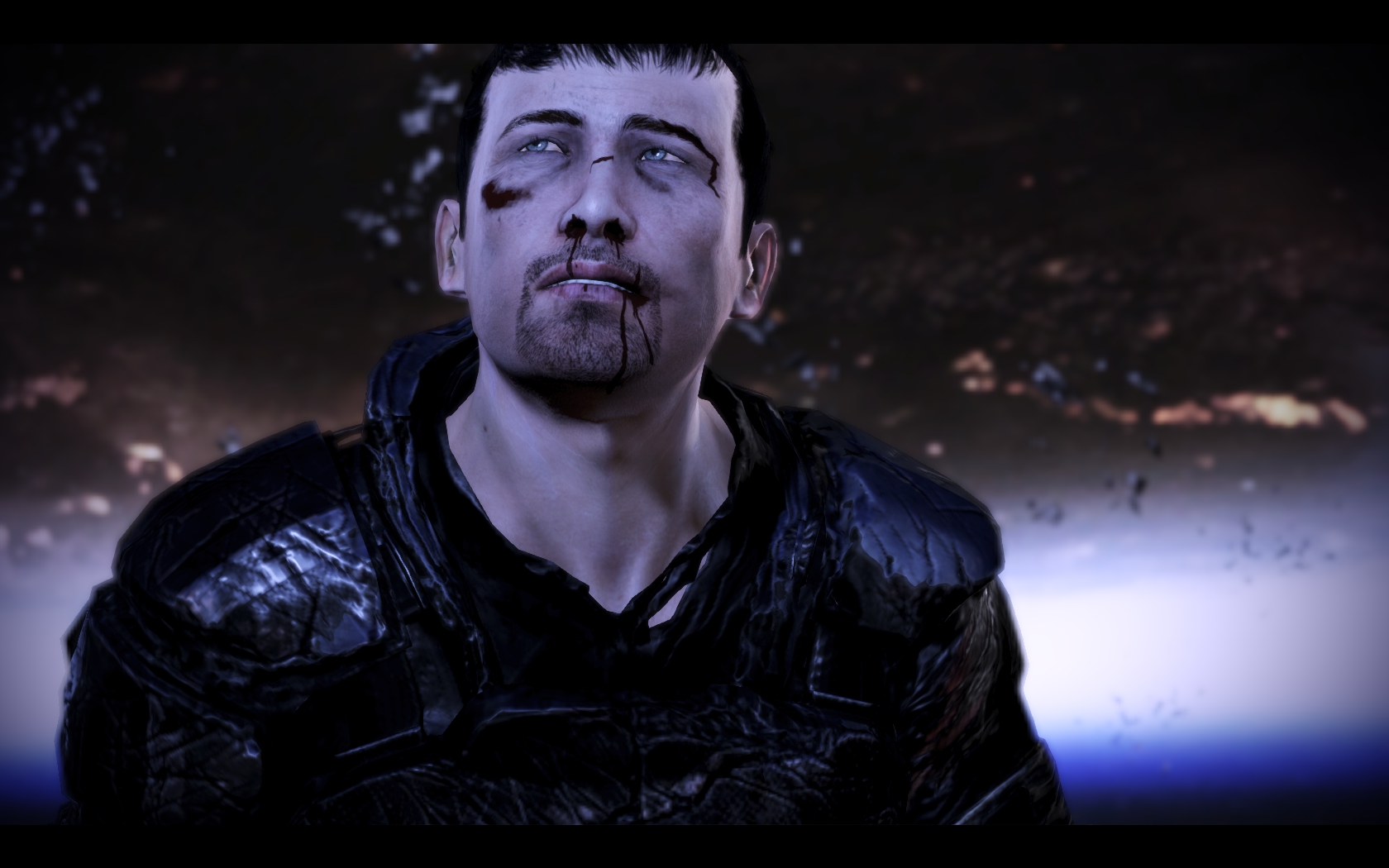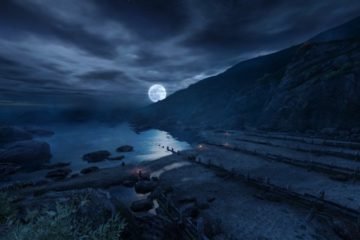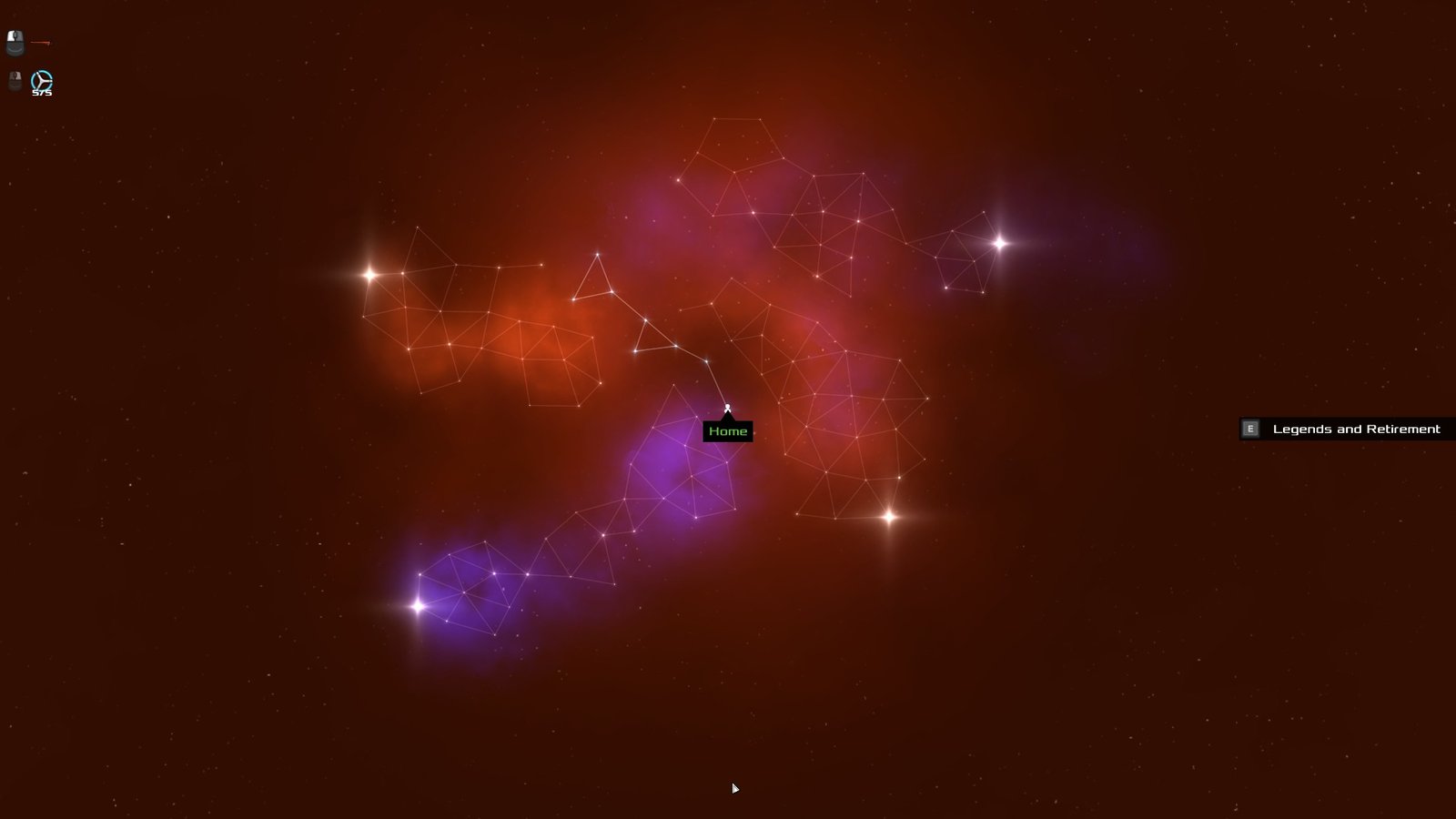Eurogamer published a fascinating behind-the-scenes account of the launch of The Witcher 3 this week, with writer Robert Purchese having been given complete access to the studio for three days. Prime Ministers visited, developers crunched deadlines, and controversy reigned briefly for no good reason over the game’s supposed ‘downgrade’.
The whole article is fantastic but one particular section jumped out at me, in which the game’s director is remembering the moment the ‘open world’ was first stitched together and made playable:
Something “really really scary” then happens in October 2014, at that first playthrough of the game. The great open-world is realised but it feels… empty. “We had these cool quests, this cool content, but nothing in between,” Mateusz Tomaszkiewicz says. “We knew it’s not enough,” his brother Konrad adds, “and we knew if we want to release an open-world game we got to fill it with interesting content, and we got a really short amount of time to do it.” It’s at this moment the question marks – points of interest – are born, all twists on around 20 templates dreamt up by a newly created and dedicated strike force team.
One of the first things I did having played the game for a couple of hours was turn off those question marks. The game lets your customise your interface to a fine degree, turning each element on or off. Most of it I’ve left on because it actively aids gameplay without harming the story or setting – I have no problem with a minimap, for example, because Geralt’s sense of direction, as an expert hunter, and familiarity with the locations, as someone who has traveled his whole life, should be a lot better than my own as a player.
Those question marks, though, don’t work for me. Everything else has to be discovered – markers for merchants and pubs don’t appear on the map until you wander past them, which makes sense. Active quests tell you where to go but that works most of the time, because someone’s probably told you where to go. The question marks simply appear magically after looking at noticeboards, despite the notices not providing accurate location information, thereby populating the map with things which Geralt simply can’t know about. It breaks the verisimilitude.
That’s not even the main problem. The real issue is that the question marks turn Witcher 3 into an Ubisoft game, with the developers being so terrified of the player becoming bored that they massively over-populate the world. You can’t go more than fifty metres before something else is clawing for your attention. It ceases to be a cohesive world and turns into a theme park. As you’re travelling from A to B you feel compelled to investigate every damned question mark – and ignoring them isn’t really a viable option, because you then feel like you’re missing out on the fabled ‘Content’.
Turn them off, though, and the world becomes mysterious once more, and surprising. The events and locations marked out are still there, after all, and you’ll probably run into them, but it’ll be a genuine encounter rather than simply homing in on a question mark creates by some omniscient cartographer. As you ride along you’re not aware of a question mark lurking in the woods, so you’re not tempted to go tick it off. You can choose to go exploring in the woods, but that’s a genuine choice.
It creates a sense of wilderness. And sure, that means it can feel like there’s not much going on between towns. But that’s fine. That’s how it should be, and it makes the world feel bigger and more real. If you spot something interesting with your eyes, you can check it out, otherwise you can enjoy the scenery and the journey. It feels like a proper journey with real decisions – when was the last time you pulled off the motorway every five minutes, just to check something out?
It’s not something that Tomaszkiewicz should have feared. The Witcher’s world, with question marks hidden, is the most compelling game world I’ve yet encountered. I refrain from using ‘fast travel’, instead choosing to ride between locations, even if the distances are great. That’s not because of all the Content I might encounter, but because the world is a joy to be in.
When a map is over-populated I’m actually more likely to use fast travel, simply because I can’t contend with being bombarded with so much information.
Red Dead Redemption had a similar sparseness, which perfectly suited its depiction of a truly wild west. Mini quests every five seconds would have spoiled those moments of riding across the desert, storm clouds brewing on the horizon. It’s critical to have uninterrupted sequences of simply journeying – sure, you’d sometimes stumble across something going on, but you didn’t have the endless minimap distractions of an Assassin’s Creed or Far Cry game breaking your suspension of disbelief at regular intervals.
The need to over-stuff game worlds speaks to a certain lack of confidence in the product itself. Witcher 3’s world is detailed and beautiful enough by itself, even if nothing happened in it. If it were just an empty world it’d still have a sense of reward to exploration. Of course, that isn’t the case, beacuse you know that at every town you reach you’ll find something interesting going on, courtesy of its beautifully written quests. Having those empty spaces in between makes every village and town feel like a proper refuge. Arriving at the city of Novigrad after days in the wilds has a palpable sense of returning to civilisation – the barber being the first port of call, obviously.
Once you turn off all those markers you can relax into the world, rather than feeling the need to find every location and ‘beat’ the game. I do wish more developers would have faith in their worlds and let us truly get lost in the wilderness.










2 Comments
Jiho Jang · February 3, 2017 at 2:03 pm
Completely agree 🙂 thx for a good read!
Flying Spaghetti Monster · September 7, 2019 at 10:38 pm
Turning if a minimap feature doesn’t make exploration better. If that was the fact, you could turn everything off in farcry4 including the map, minimap and on screen display of quests and points of interest.
But then the game would take close to 800 hours to explore everything.